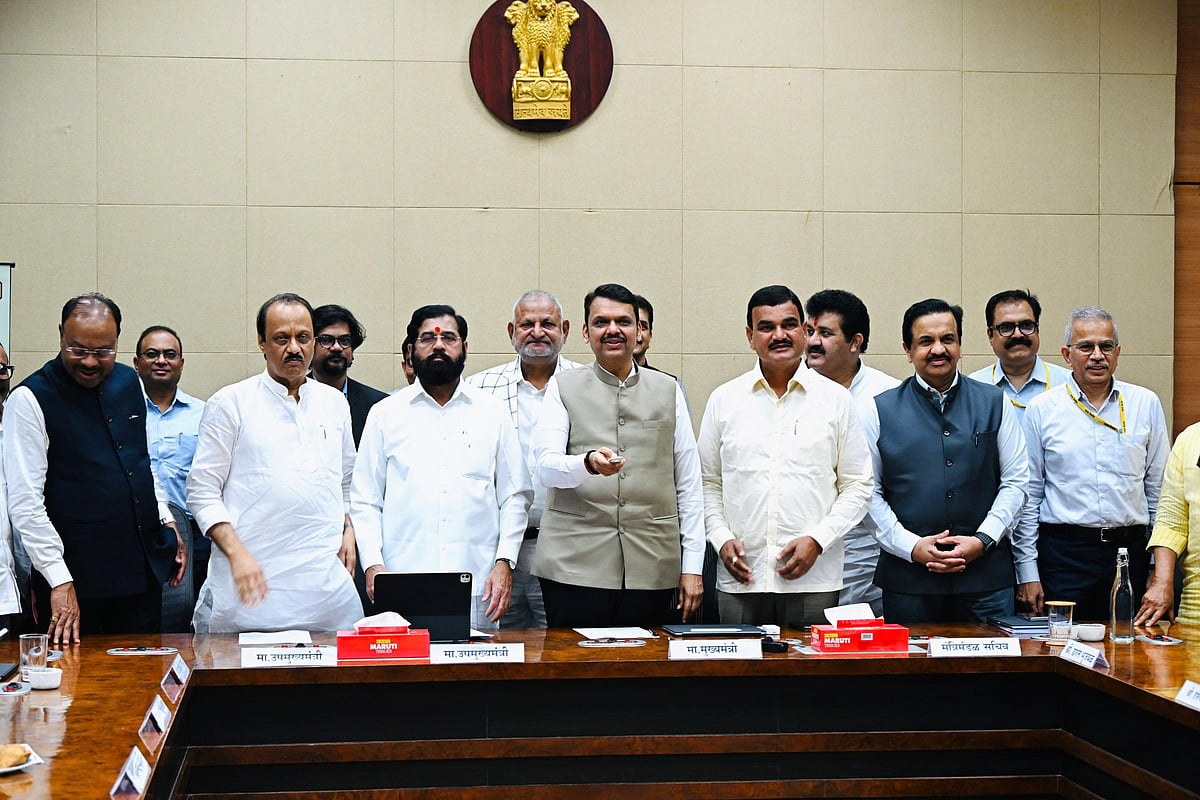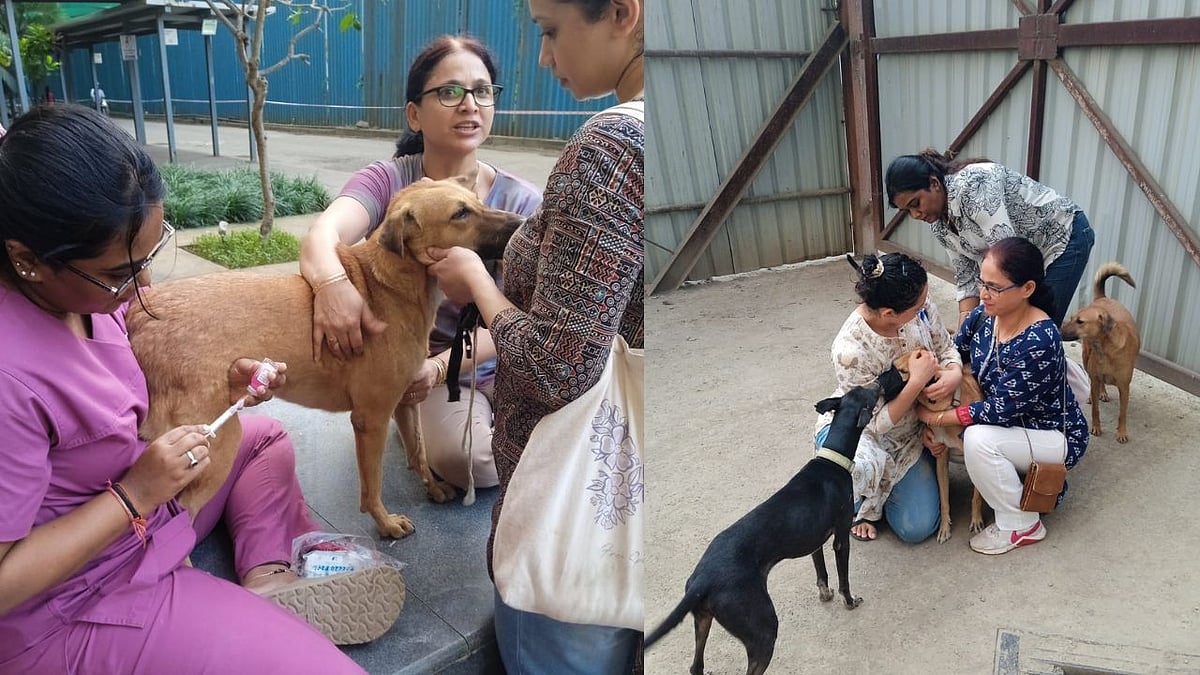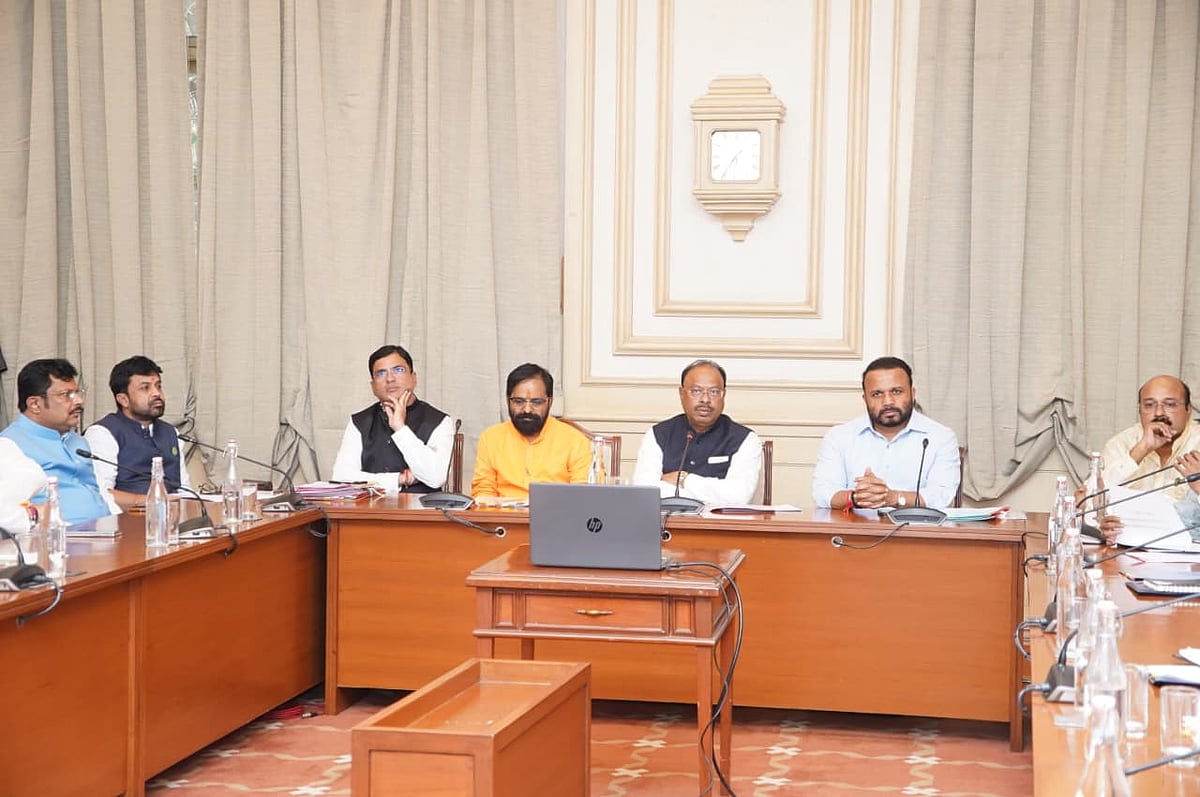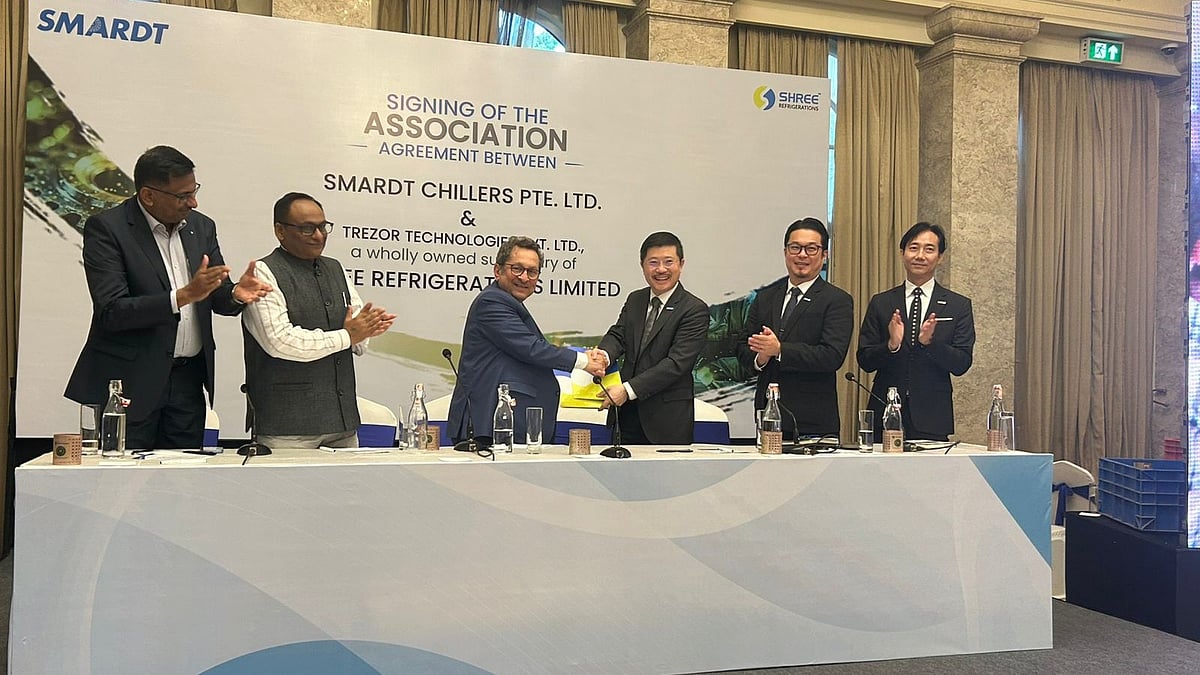Rahul Anand’s child-centric venture offers international quality at Indian prices. The company has carved out a strong niche for itself in children’s product segment, despite some initial hiccups. A conversation with Rahul Anand – Hopscotch’s founder and CEO
How was Hopscotch born?
Prior to Hopscotch, I worked for a company in the US called Diapers.com. I was on their senior management team. I realised that lot of my friends in India prefer were starved for quality products for their kids. They often preferred merchandise from the U.S because of its better quality, lower price relative to India, and broader selection. Like most moms, Indian moms wanted the best for their kids and if I knew 20 moms who travelled half way across the world to get quality merchandise, there were probably 20 million more in the country. And that was how Hopscotch was born.
What differentiates Hopscotch from other players like BabyOye and FirstCry?
History has shown that you win in a consumer business by solving a problem for the customer you serve. In the U.S., moms are starved of convenience and it made perfect sense building a business focused on this. In India, the problem is selection. We build Hopscotch to solve for this
We scour the world and find the best selection of merchandise at affordable prices. We feature 20 new and unique collections each day. What we do-not do is feature merchandise that moms can find on every street corner.
What is the focus of the company?
Our focus is families. We sell to mom everything she needs for her kids, her home, herself, and her family. The core of our business is children. We build a relationship with moms by delivering merchandise that inspires mom to come back. We use this relationship to cross-sell to her things that she would buy for her home and family.
Where do you source your products from?
Our focus is the customer. We have built strong logistics infrastructure that enable us to quickly and cost-effectively source goods from across the globe. Our capabilities enable us to focus less on where a product is sourced from, and more on quality and uniqueness.
When we looked around Indian market, we found that imported brands were sold at a premium. Prices were higher relative to those abroad. We strongly believe Indian moms must have access to quality and affordability. It is a number one challenge for Indian moms, and we are focused on solving this.
We work with different vendors that exist in a very fragmented supply landscape in United States, Europe, Australia, South Africa, China, Thailand and India. We pick the gems from the junk and have moms experience this in a clean and curated shopping destination.
Do you think the customer is willing to wait longer duration for imported products?
We are aware that they would happily wait because the options available in the country are very terrible. Over time, the delivery period will continue to contract. It is just matter of scale, time and patience.
When the question about decreasing delivery time was raised, we had to pick between selling at a loss or building a profitable business and gradually lowing delivery time with scale. We went with the latter. As we continue to offer great value and affordability, delivery times continue to drop.
Since you are excluding mass selling products like diapers, formula food, nutrition etc, do you think Hopscotch can attract huge traffic and good customer base?
We could sell diapers and wipes on our platform – we’ve been there and done that.. This could drive up our revenue, but given we would need to sell at a loss, we didn’t belive this would stand the test of time over the next decade.
We focus on lifestyle categories given this is where unmet need is. This includes categories such as apparel and shoes, which have repeat purchasing patterns that are not very different from diapers. An average mom shops for apparel about nine times a year.
One in five children in the world is born in India. There is no shortage in demand or supply in the country. We don’t think that we are giving up on any market opportunity.
Is the business model driven by inventory or marketplace or both?
We have some core principals at Hopscotch. We believe moms value newness and uniqueness more than anything else when it comes to their kids.
We are a fast fashion destination. We make Zara look slow. We cannot do what we do by taking on inventory risk. Yes, we could take on inventory and earn a little bit more margin. But it would take away from who we are.
Do you take responsibility for the quality of the products delivered?
Yes, we take responsibility for the quality. Quality is absolutely our number one focus area.
Recently, the co-founder of Facebook, Eduardo Saverin, joined the management of Hopscotch. Tell us about it?
Ultimately, the senior leadership’s DNA has a strong impact on the nature of business you build; and investor DNA has a big impact on a founder and the management team. Our board offers us flexibility and is not imposing, but their advice does weigh-in on us and our decision-making process.
Eduardo Saverin has encouraged us to continue believing in ourselves and our core values as a business.. Like most startups, the right mix of investors and senior leaders has been a key ingredient of our success at Hopscotch.
If I look across our team, we have individuals on the leadership team and advisory from Facebook, Cleartrip, Diapers.com, and Amazon. These companies have been champions of customer experience. This has and continues to define our obsession on the customer.
What is the total investment that came into the company?
In our angel round of financing – Series A and Series B, we have raised a total of about $14.5 million. We have spent that money very carefully and designed the business model in such a way that we would not burn cash as we scaled.
We built a pretty sizable business in the last three years. Probably, we are one of the biggest in the kids’ businesses, with the fastest growing with minimal capital.
Just to give you some perspective on revenue, we are already brining in a couple hundred crores in revenue annualised. We barely burn any money, while continuing to grow 600% – 700% for over 3 years.
Also read: Q&A with Kiran Murthi – The rise and rise of AskMe
Tell us about your marketing spend, both in terms of discounting as well as in advertisements.
Close to 80% of the revenue on Hopscotch is from organic shoppers who come back to buy more. We have the technology in place to understand who they are and if they are coming back for the right reason.
With profitability being our focus, it has been very important for us to be efficient with our marketing spend. Our growth is therefore driven by returning customers more than anyone else.
So, our marketing spends as a percentage of revenue in a given month ranges from the high single-digits to low double digits depending on the activities that we will run. We have not had to turn to advertisements on TV, newspapers, or outdoor media to drive growth. Rather, we have and continue to organically build and scale the business by delivering a highly engaging experience.
Given the product portfolios and prices, is it reasonable to assume that you are probably getting customers mainly from the metros?
Actually, it is quite the contrary. The majority of our revenue is from Tier 2 and smaller cities. This suggests our pricing and the assortment strategy is working. While we grow, while our technology continues to perform, and as our assortment continues to improve, our marketing cost continues is spiral downward with each passing month.
If we were however only acquiring shoppers in big cities, our marketing cost would increase. Every incremental shopper cost you marginally more than the last one. We’re seeing quite the opposite driven by a combination of factors mentioned above.
Are you a profitable company?
We have had an eye on profitability from day zero. We have never sold products at a loss to acquire customers. Our customers are aware that the selection they get on Hopscotch is new, unique, and affordable. Because they keep coming back, we’ve succeeded in creating a highly profitable business.
How have you evolved as an individual after you started this company?
Being part of a start up is a roller-coaster ride for almost everybody. The dream and the vision are deeply inspiring to all of us, especially in the management team. But, in reality a dream and vision cannot be fulfilled unless you have a lot of inner strength and resolve to deliver.
It is the inner strength that really drives you to come back to work every day. It ensures that you are thinking clearly and your ideas are eloquently communicated. Failure is a part of life. At times, you will be wrong and you will fail but you will learn from it and move on. We have gone through a very long and challenging journey, in terms of experience at Hopscotch. I believe
that control over the mind, body and spirit has been completely transformational for me.










